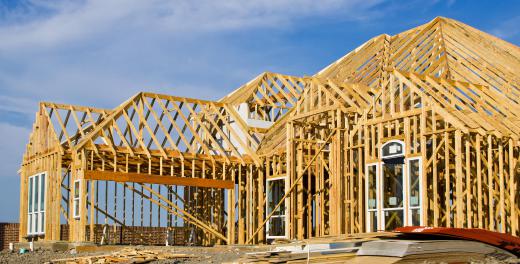The sole plate, also sometimes referred to as the sill plate, the mud sill, or the base plate, is the main supporting beam of a wall in the construction industry. Typically, these are the first piece of wood that is in contact with the masonry of the basement or foundation. Sole plates are important because they are the base of the building on which the outside walls and floors are supported. There are a number of different ways to construct these plates and a number of different things to look for when examining one in a home inspection or pest control operation.
Since the sole plate is the foundation of the frame or wood walls of a home, to build an effective house or wall, it is essential to begin with a solid foundation. Due to the importance of sole plates, it is vital that the proper type of wood be installed. It is also necessary to secure it properly to ensure that the rest of your construction project goes as planned.

It is common for modern buildings to bolt or lag the sole plate into the masonry below it. In the past, however, construction of these plates that were not bolted to the masonry foundation were considered to be acceptable. This was viewed as permitted since the walls themselves would weigh the plates down to the ground.
Under most modern building codes, builders are generally required to use large bolts or lags to secure the sole plate to the masonry foundation. Most builders will also put a piece of corrugated plastic or foam underneath the plate to help prevent water from wicking up through the masonry and into the wood. This type of material is called sill seal, and it is used extensively in modern home building.
Often, treated lumber or rot- and pest-resistant woods such as redwood or cedar are used as the sole plate in construction. If these woods have not been used, there is a possibility that the plates could rot out or be damaged by ants and termites, thus causing a potentially unsafe condition where the walls are no longer directly attached to the foundation. If this is the case, the sole plate can sometimes be replaced by jacking up the area and removing the rotted or damaged wood, then replacing it with fresh wood of the proper species or treatment to prevent future damage.
